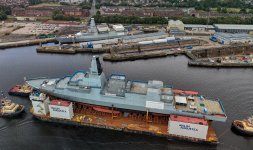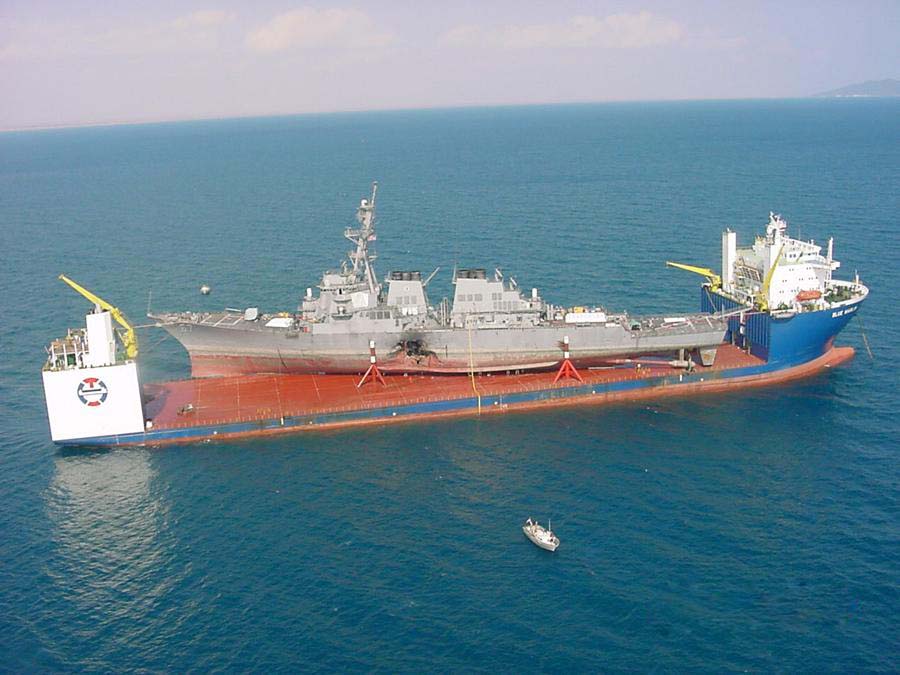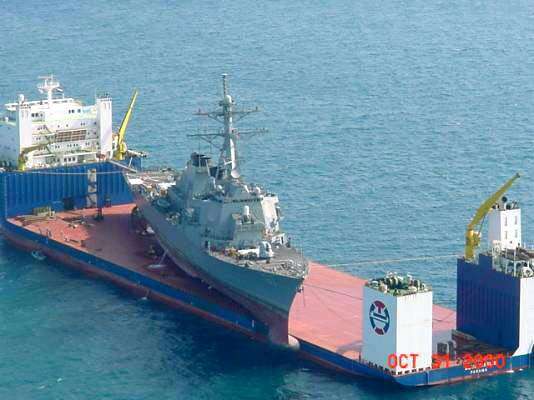Former NET(A) here - the SONAR dome exists as a protective fairing for the HMS Transducer - which can be raised and lowered so that it's protected by the keel when in dangerous/shallow waters.
The current SQS-510 uses the old SQS-505 Transducer set, which is based directly off the 502 as was installed on the Steamers. 360 individual Transducers built into 36 staves of 10 providing a beamforming network for both transmission and reception.
The upgraded SONAR suite that's being fitted to the fleet makes things even more capable than the 510 - I cannot speak to Caps/Lims in open source, but having seen the 505 and 510, I'm excited for the sailors of today and what the new suite brings for them.
Something I'll observe is that when ships made transits up the St Lawrence, they had to remove the SONAR Dome and put a 'travel plate' over the opening due to some of the shallow waters encountered. With the advent of the bulbous bow, I am suspicious that we will never have any CSC's visit Toronto or the Great Lakes ever again.





